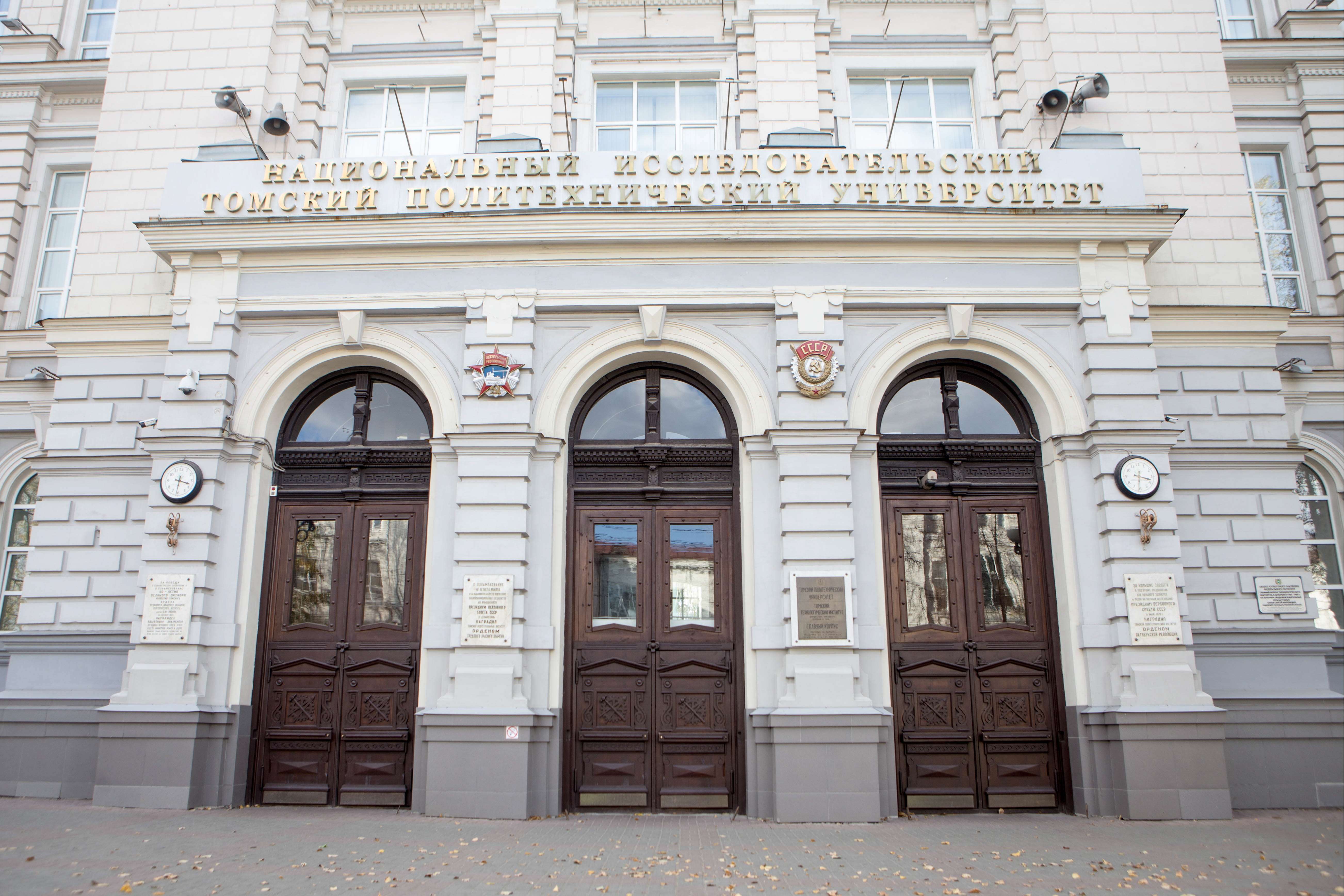ID :
650969
Mon, 12/19/2022 - 12:03
Auther :
Shortlink :
https://www.oananews.org//node/650969
The shortlink copeid
Тomsk Polytechnic University to develop method of decontaminating radioactive sites

TOMSK, December 15. /TASS/. A new technology for decontaminating building structures of nuclear power facilities that are being decommissioned is being developed at Tomsk Polytechnic University (TPU). Scientists suggest using electric pulses for this purpose, the university told TASS on Thursday.
While operating nuclear power facilities, for example, a nuclear reactor or radiochemical production, there is a radiation contamination of building structures occures, contaminating the site's safety barriers as well as biological protection. This is especially typical for the so-called "nuclear legacy" - nuclear- and radiation-hazardous facilities created during the formative stage of the nuclear industry.
"Usually, traditional mechanical methods are used to remove radioactive contamination of building structures, as well as decontamination by gas jet, abrasive blasting, and others. Their use usually involves the generation of secondary radioactive waste and dust containing radioactive substances, which also need to be conditioned, that is, brought to the criteria of eligibility for disposal. Researchers of TPU Engineering School of New Production Technologies have proposed a technology based on electric pulse destruction of material under a layer of liquid," the report says.
About the process
A generator is used to generate electric pulses, which are transmitted to an electrode system located under a layer of liquid. When the discharge channel is introduced, the radioactively contaminated material is destroyed by tensile forces, whose critical value is much lower than that of compression.
According to scientists, this allows removing a layer of concrete without formation of dust containing radioactive substances, leads to lower specific power consumption and low wear of working instruments - electrodes, and does not require a special system of gas and dust collection. This allows reducing the volume of radioactive waste for disposal and the cost of the disposal itself.
The method is based on electrophysical principles discovered at TPU: for the project, scientists are adapting the previously developed installation for electric pulse cutting of rocks and concrete in water. In particular, they create an optimal electrode system of a certain configuration, necessary for effective removal of a layer of concrete of a certain area and depth.
"We conducted preliminary tests of the proposed solution in the horizontal version, when the electrode system is superimposed on the sample from above. The data obtained show that this approach is fundamentally possible and promising. The next stage will be to develop an electrode unit that is capable of removing layers from a vertical service, i.e. a wall," said Mikhail Zhurkov, a researcher from TPU's Pulse Beam, Electric Discharge, and Plasma Technologies research and production laboratory, are cited.
At this stage of the research, scientists have assembled and examined a prototype of the electrode system. It is assumed that Russian and foreign companies involved in decommissioning of nuclear facilities may become customers for installations based on the developed technology. The project is implemented as part of the Priority 2030 federal program.
Photo by Danila Shostak/TASS
Read more





